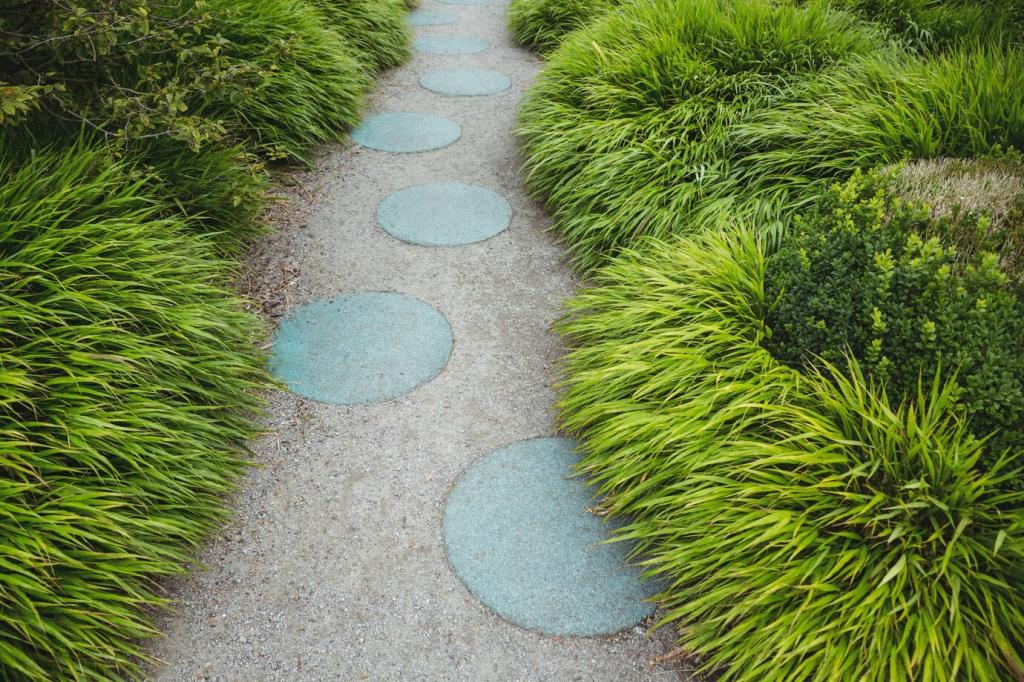Maintenance with a Biodiversity Mindset
Raise mower blades and reduce frequency, allowing wildflowers to bloom between grasses. Consider “No Mow May” or designate a meadow strip. Your lawn softens into habitat without losing charm. Comment with your mowing schedule experiments and the first flowers that appeared.
Maintenance with a Biodiversity Mindset
Delay heavy cleanup until consistent warmth returns, giving overwintering insects time to emerge. Keep leaf mulch in beds and cut stems in spring. This gentle timing saves countless critters. Tell readers how you balance neatness and nurture while keeping pathways tidy and safe.







